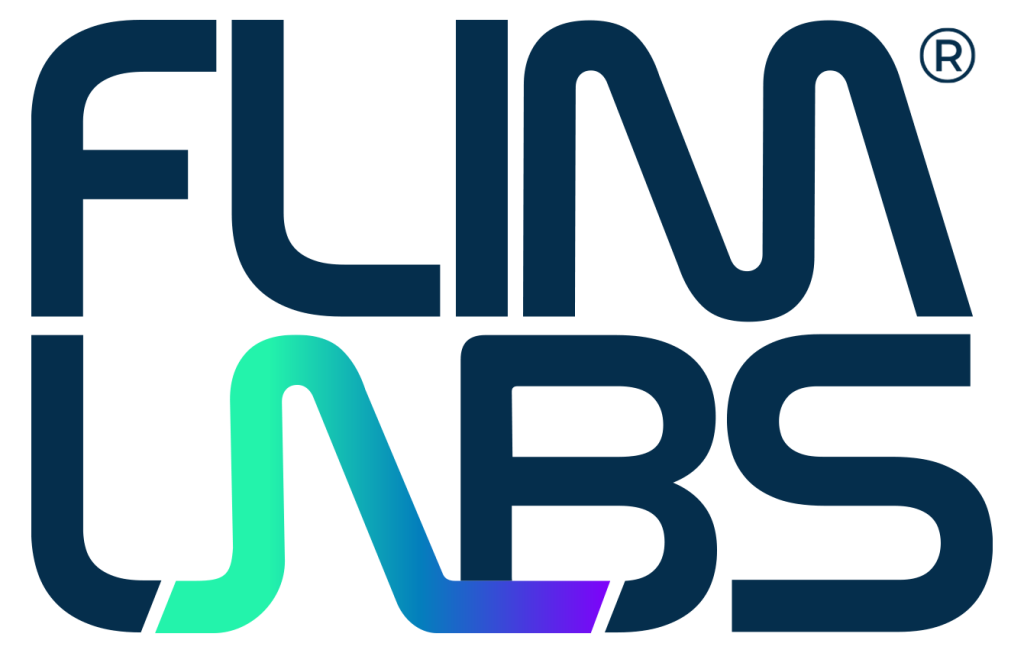Portable laser modules able to produce short light pulses as low as 50 ps with a peak power of up to 150mW, spanning various wavelengths all within a sleek, compact design.
KEY SPECS
– USB Type-C power
– Dimensions: 135×110×50 mm
– Available wavelengths: 405, 445, 488, 520, 532, 635, 850 nm
– Pulse duration down to 50ps (FWHM)
– From 1 KHz up to 80 MHz repetition rate
– Up to 150 mW pulse peak power
– Average CW power at 80MHz > 1mW
– Single-mode fiber coupled module (FC/PC type)
– External and internal trigger available (LVTTL @ 50 Ohm and LVDS interface)
– Standalone module, no computer connection required
– B2C or B2B selling options
Included in the price
– Wall-mount DC converter
– SMA coaxial cable
– USB type-C LVDS signal cable
– FC/PC MultiMode or SingleMode fiber patch cord













